From 1927 to 1941, 400 workers armed with jackhammers, chisels, and dynamite began their mission to carve a monument in South Dakota’s Black Hills. They blasted away 410,000 tons of rock to create what is now known as Mount Rushmore, a tribute to American history. Today, this iconic national memorial attracts more than two million visitors a year, who take in the sight of four towering presidential faces. But the monument could have been even grander if the designers hadn’t run out of funds during its construction, according to the BBC.

Standing at 5,725 feet above sea level, Mount Rushmore showcases the massive granite likenesses of four U.S. presidents: George Washington, Thomas Jefferson, Theodore Roosevelt, and Abraham Lincoln. However, the monument's history is filled with dramatic twists. In 1923, South Dakota historian Doane Robinson initially proposed the idea, envisioning carvings of Wild West figures like Buffalo Bill Cody. He brought his plan to Gutzon Borglum, a sculptor who was also a Freemason and a member of the Ku Klux Klan.
According to the original idea, the sculptures were to be carved not just at the presidents' busts, but to the waists. Besides, Borglum and Robinson also wanted to include sculptures of Crazy Horse and Susan B Anthony, the social reformer and votes for women campaigner, in the monument. Their initial cheque from the government was about $54,670.56, according to the National Park Service. But soon after the construction of the four president faces was complete, Congress withdrew the finances. Plus, noticing that the government was exerting too much control over the project, Robinson walked away from the project altogether.
At the time when the US Congress rejected their bill, Borglum and his assistants were working on a secret compartment called the “Hall of Records” that was to be constructed behind Lincoln’s head. The plan was to create a secret repository of all the important official US documents. Words on the capstone of this repository written by Borglum, read, “Let us place there, carved high, as close to heaven as we can, the words of our leaders, their faces, to show posterity what manner of men they were. Then breathe a prayer that these records will endure until the wind and rain alone shall wear them away.”

Borglum spent the next two years between 1939 and 1941 traveling extensively to secure more funds for the project. However, in March 1941, he passed away. Then, as American forces got involved in World War II, the project of Mount Rushmore National Memorial was declared closed on October 31, 1941. Despite the monument being one of the most majestic sites in America, it hasn’t prevented people on social media from cooking up theories about what could have happened if the designers had received all the funding they needed. "I like it a lot better with just the faces," commented a Reddit user.
This is what Mount Rushmore was supposed to look like, before they ran out of funding.
byu/rexmons inpics

















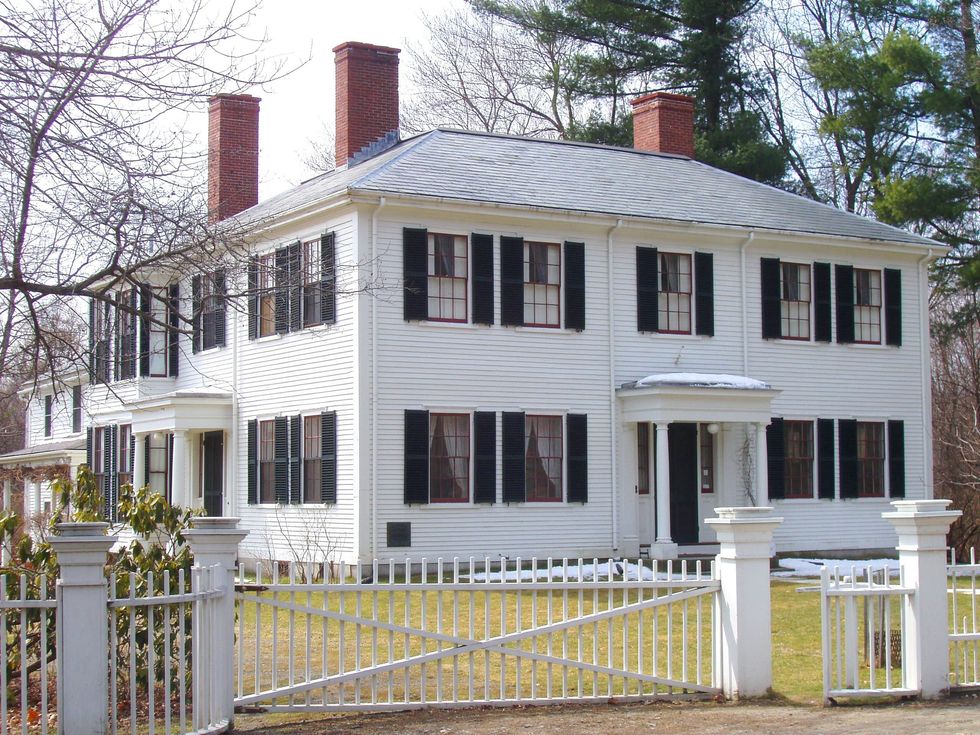 File:Ralph Waldo Emerson House (Concord, MA).JPG - Wikimedia Commons
commons.wikimedia.org
File:Ralph Waldo Emerson House (Concord, MA).JPG - Wikimedia Commons
commons.wikimedia.org


 Pictured: The newspaper ad announcing Taco Bell's purchase of the Liberty Bell.Photo credit: @lateralus1665
Pictured: The newspaper ad announcing Taco Bell's purchase of the Liberty Bell.Photo credit: @lateralus1665 One of the later announcements of the fake "Washing of the Lions" events.Photo credit: Wikimedia Commons
One of the later announcements of the fake "Washing of the Lions" events.Photo credit: Wikimedia Commons This prank went a little too far...Photo credit: Canva
This prank went a little too far...Photo credit: Canva The smoky prank that was confused for an actual volcanic eruption.Photo credit: Harold Wahlman
The smoky prank that was confused for an actual volcanic eruption.Photo credit: Harold Wahlman
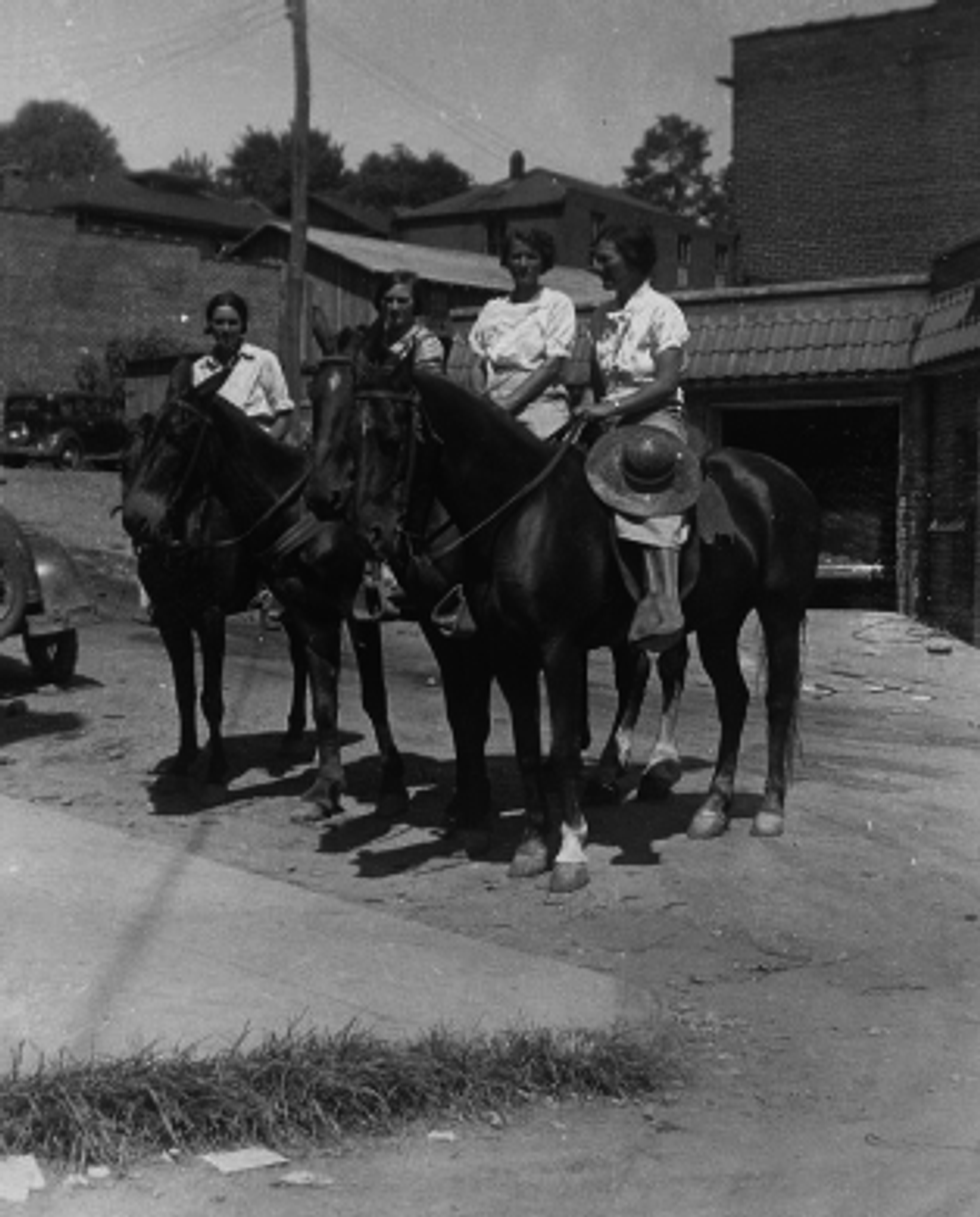 Packhorse librarians ready to start delivering books.
Packhorse librarians ready to start delivering books.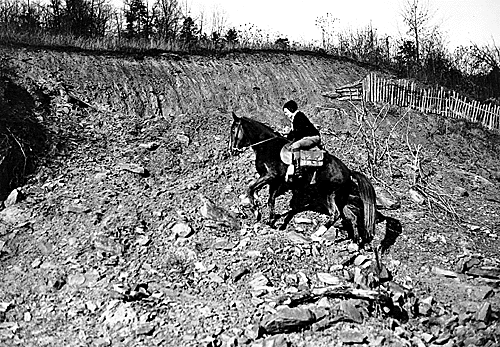 Pack Horse Library Project - Wikipedia
Pack Horse Library Project - Wikipedia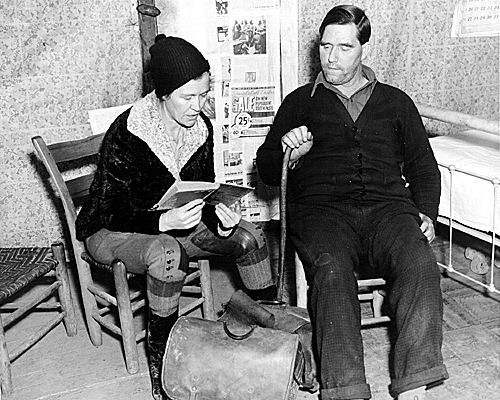 Packhorse librarian reading to a man.
Packhorse librarian reading to a man.
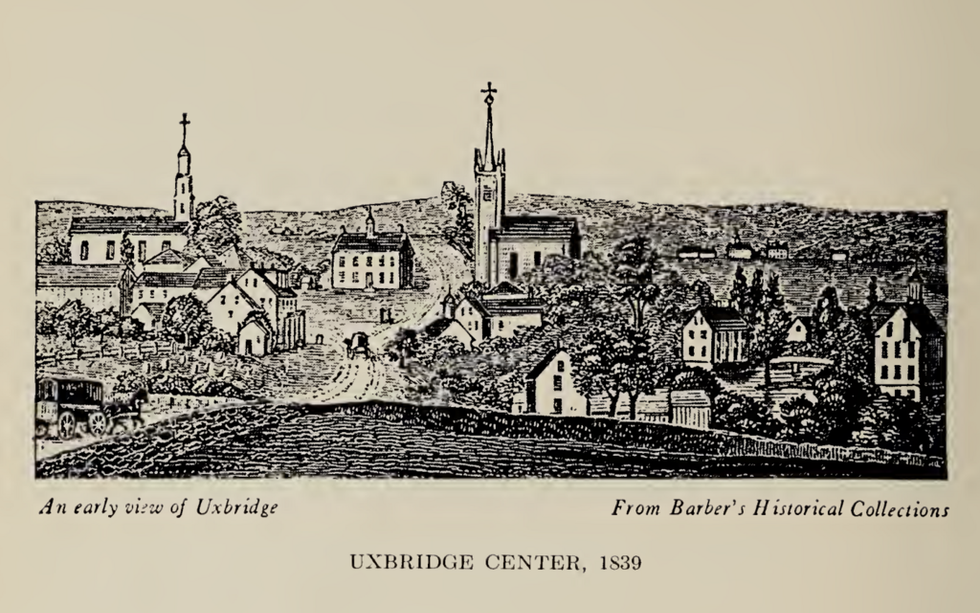 Fichier:Uxbridge Center, 1839.png — Wikipédia
Fichier:Uxbridge Center, 1839.png — Wikipédia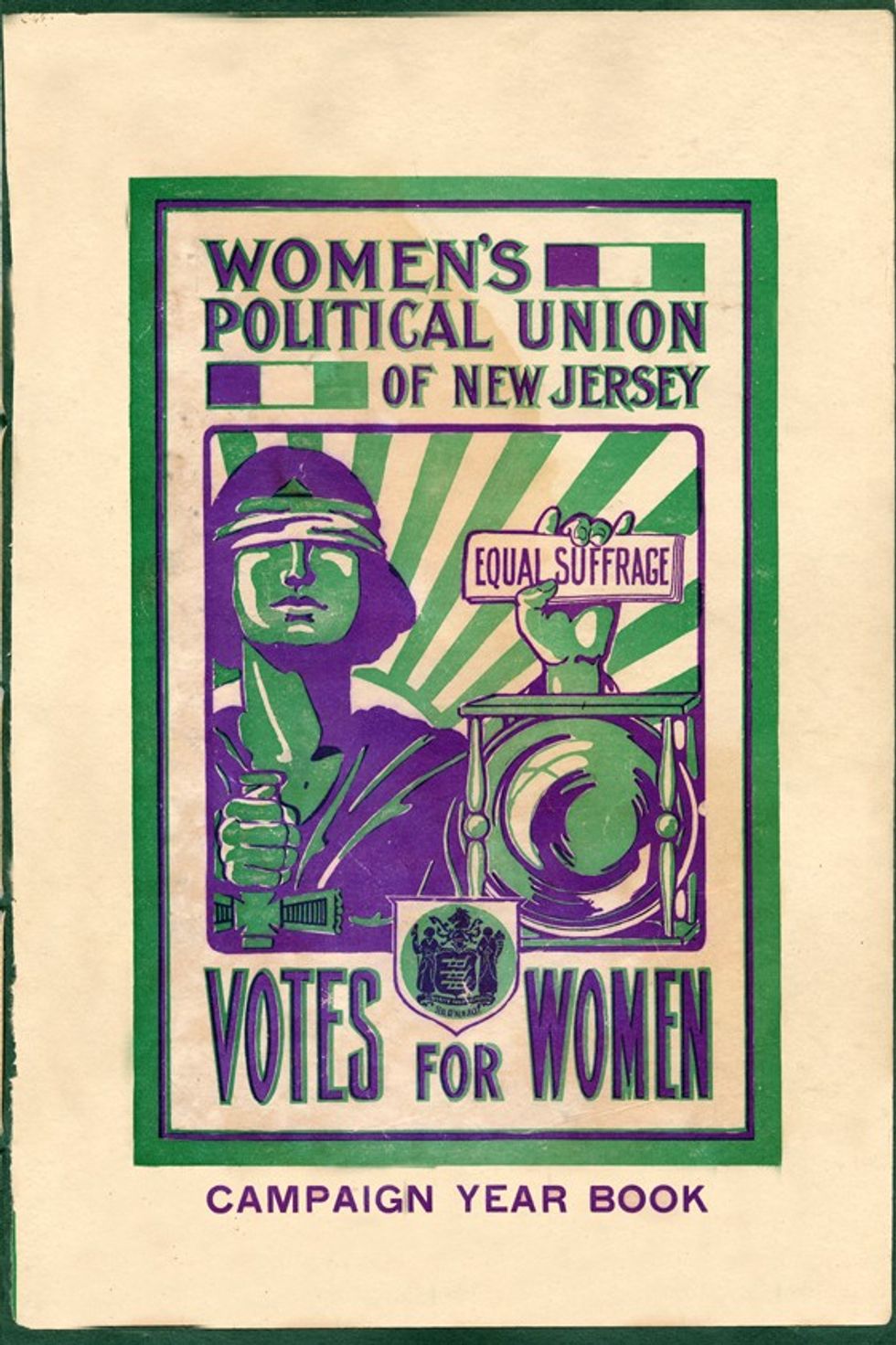 File:Women's Political Union of New Jersey.jpg - Wikimedia Commons
File:Women's Political Union of New Jersey.jpg - Wikimedia Commons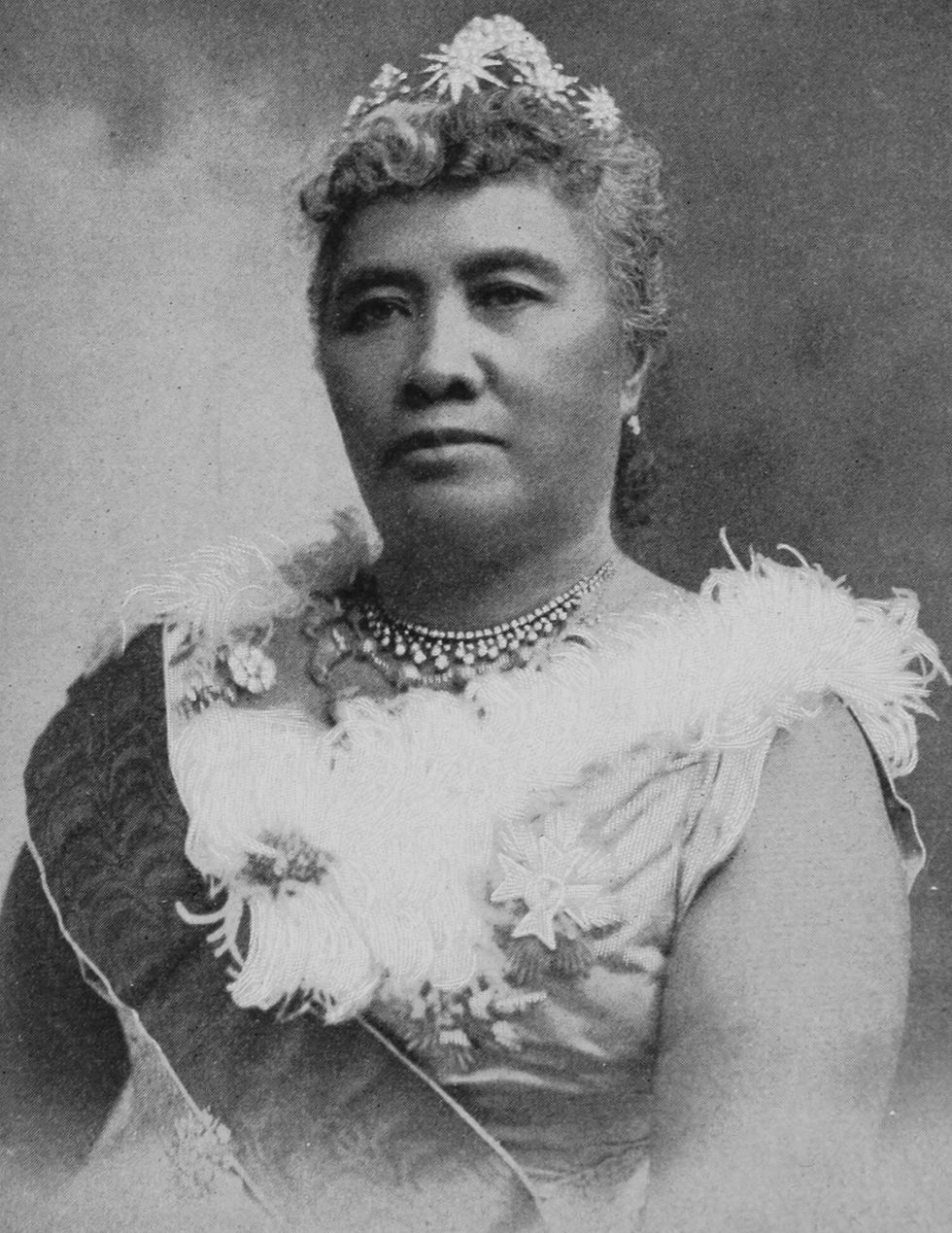 File:Liliuokalani, photograph by Prince, of Washington (cropped ...
File:Liliuokalani, photograph by Prince, of Washington (cropped ...
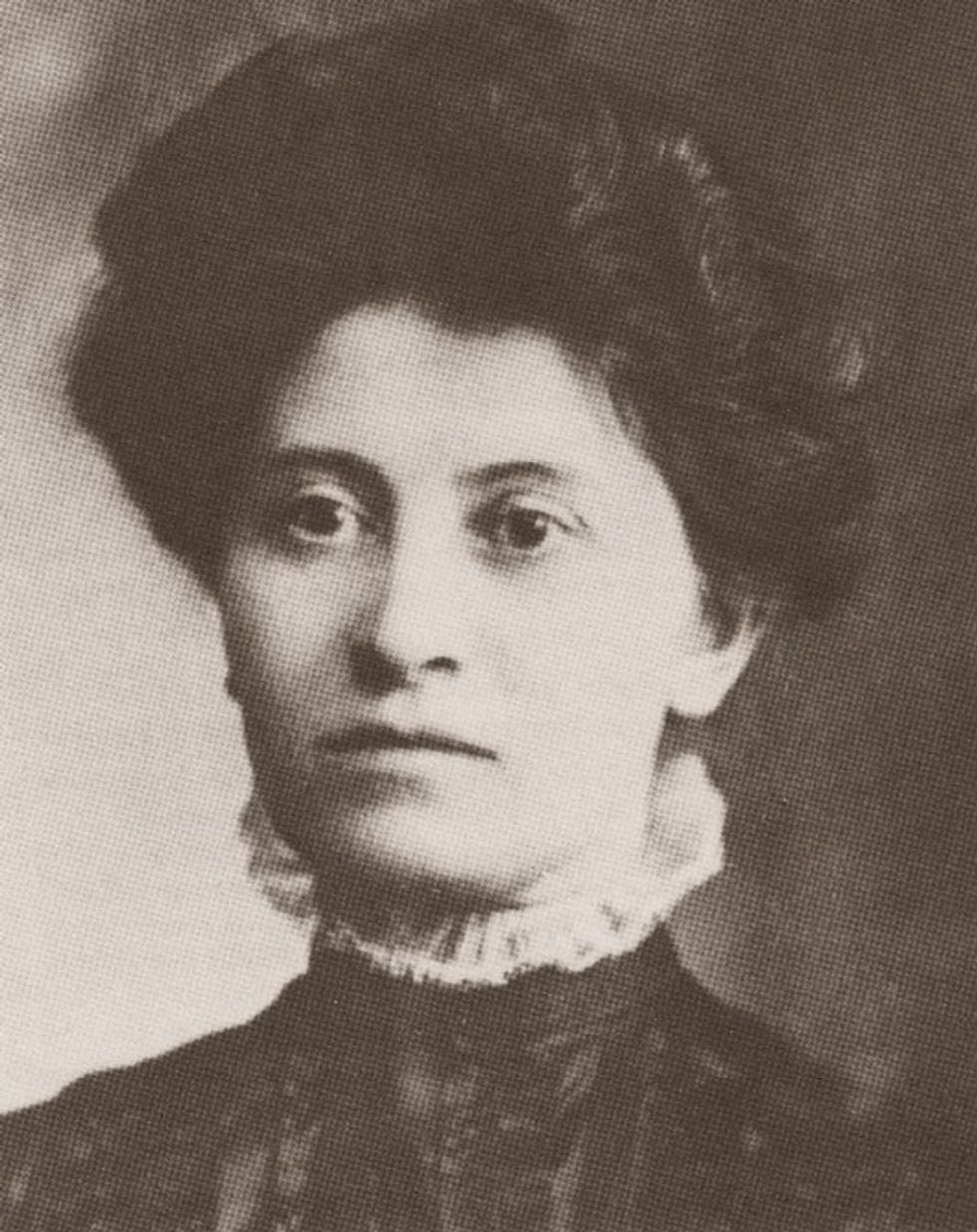 Theresa Malkiel
commons.wikimedia.org
Theresa Malkiel
commons.wikimedia.org
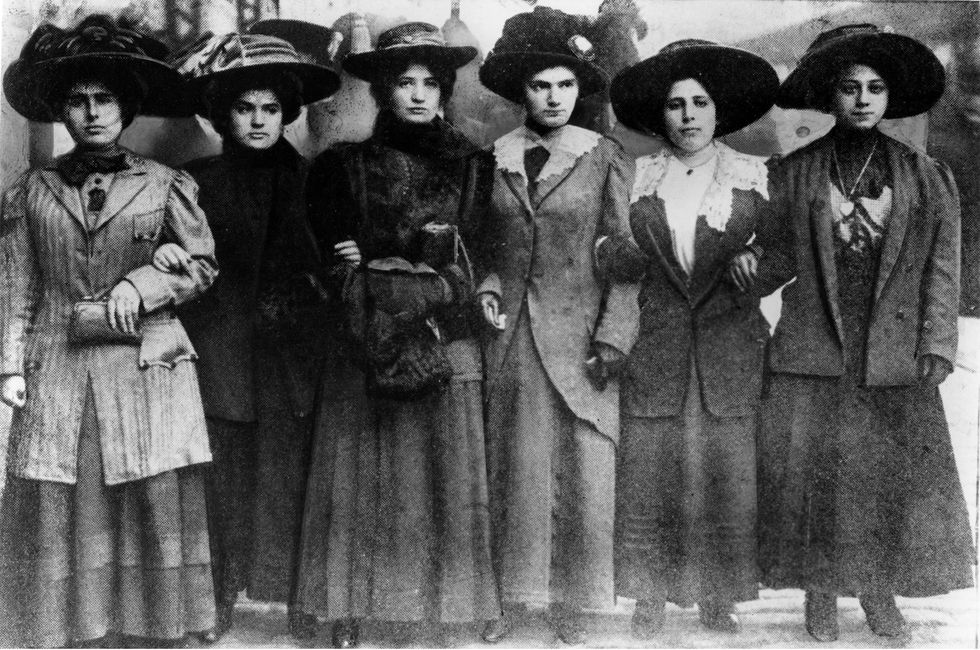 Six Shirtwaist Strike women in 1909
Six Shirtwaist Strike women in 1909
 U.S. First Lady Jackie Kennedy arriving in Palm Beach | Flickr
U.S. First Lady Jackie Kennedy arriving in Palm Beach | Flickr
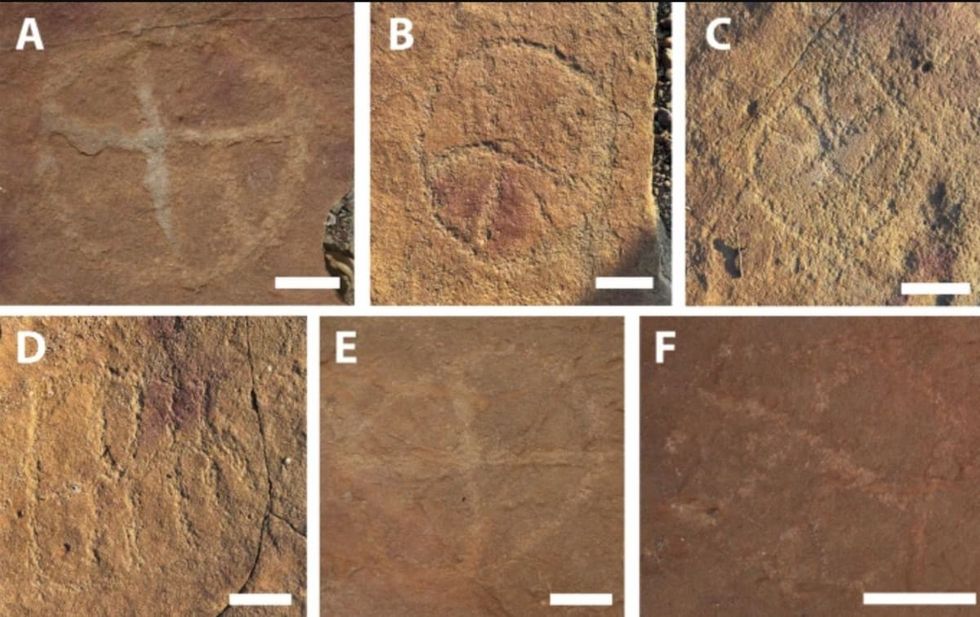 Image Source:
Image Source: 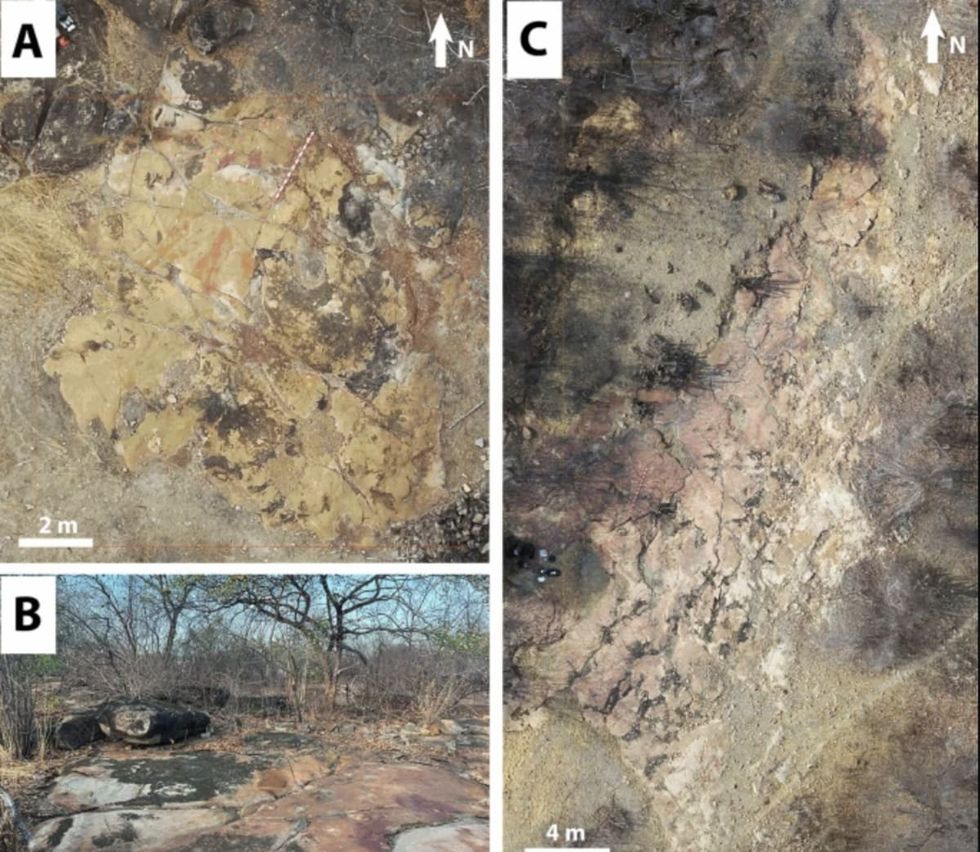 Image Source:
Image Source: 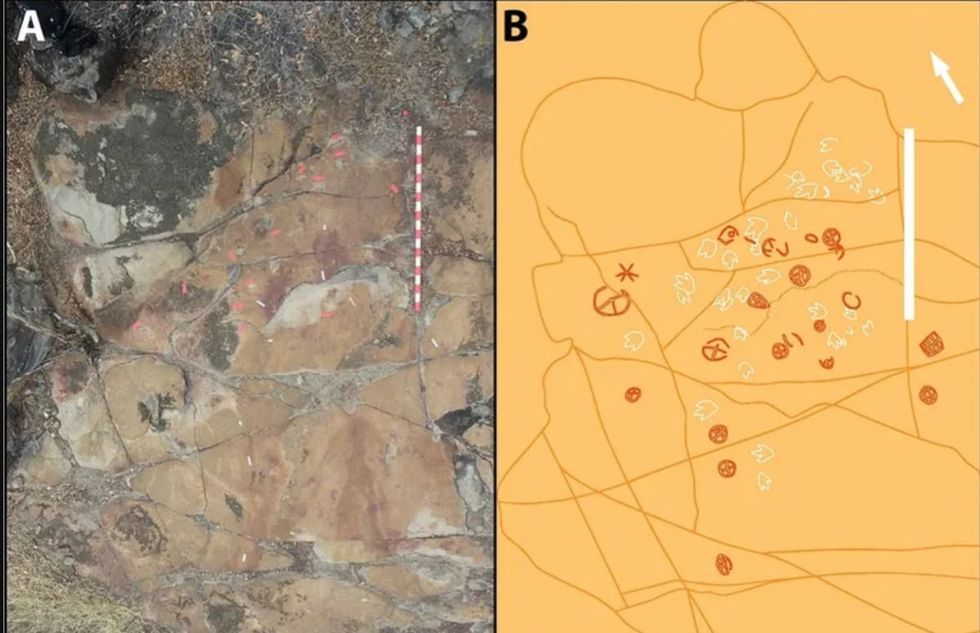 Image Source:
Image Source: